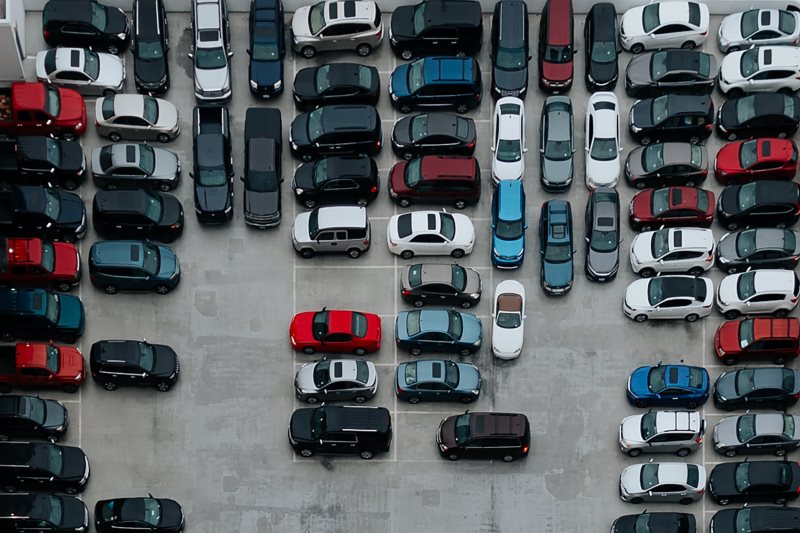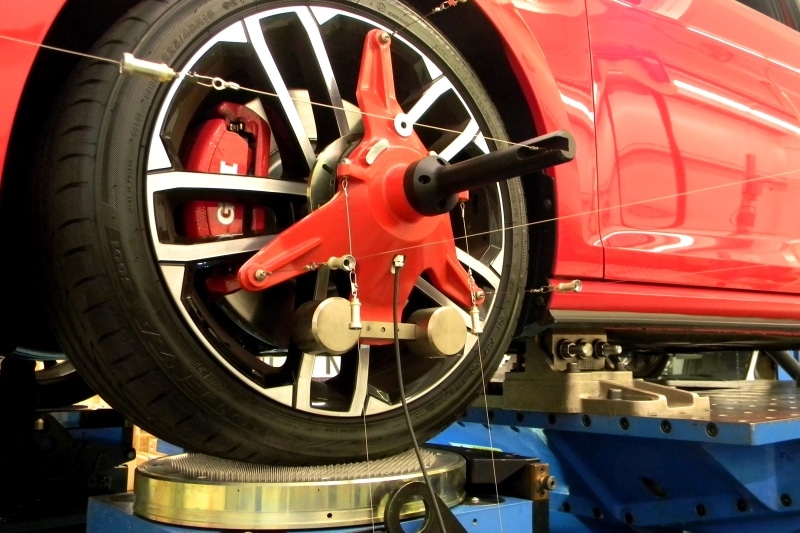Get the Test Data You Need.
Use suspension kinematics and compliance (K&C) testing to powerfully meet your goals and complete you projects. Don’t settle for halfmeasures, take your program to the next level.
Best in class K&C
K&C Testing
Suspension geometry and compliances
Hardpoint CMM
CMM measurements of suspension hardpoints
CG & MOI
Experience you can trust.
Years of Experience
Vehicles Tested
Three Common Goals for K&C Testing
Goal: Measure the suspension data required for an accurate CarSim® model
Procedure: A series of K&C tests will provide the data necessary for front & rear suspension models, steering system models, and some chassis modeling in the CarSim® environment. As a supplement to the actual test data, Morse Measurements will provide an expanded PARS file that will import directly into CarSim®. Center of gravity and moment of inertia measurements can be easily made through a local partner.
Goal: Benchmark a competitor’s vehicle to evaluate their design decisions
Procedure: A series of K&C tests will be run revealing suspension design decisions and their consequences in suspension performance. The effects of compliance on the suspension will be measured, with longitudinal, lateral, and aligning torque loads being applied at the tire contact patch. Easy to read reports will provide detailed data along with linear rates of change, allowing for differing levels of analysis and comparison.
Goal: Evaluate a prototype build
Procedure: In order to evaluate a prototype build a series of K&C tests will be run that will characterize the geometry and performance of the prototype. The results can then be compared to the expected performance based on the design. K&C testing provides a more comprehensive understanding of how well a prototype build lines up with the design.
K&C Testing
All these forces and displacements are applied slowly (quasi-statically) to capture suspension force-displacement relationships and friction. By measuring all these things at Morse Measurements – where everything is accessible and repeatable – you can reduce a lot of the guesswork and costs associated with on-road/track test sessions.
Give us a call:
704.638.6515
Don’t Just Take Our Word for It:
“This [K&C testing] is a key enabler for us to make good design decisions in a timely way and without another round of expensive prototype vehicles; it multiplies the learning from a given prototype significantly.”
“With the help of the very professional and competent team at Morse Measurement we got a fast and efficient evaluation of how our prototype performs versus our predictions, and a large step closer to reaching our development targets.”
F.A.Q.
What exactly is compliance?
Is it a 7-post rig or a shaker rig?
Is it like a pull-down rig?
How do I know what tests to run?
What amenities are provided on test day?
What other services does Morse Measurements offer?
Start a conversation:
FIll out this form and hit, “Get in Touch”. One of our engineers will send you an email ASAP to start a conversation about if K&C testing can help you in your projects.



